Magnetic droplets showing the fluid characteristics of liquids and the magnetic properties of solids have been prepared by fixing magnetic nanoparticles in a ferrofluid using a surfactant. The droplets can be reshaped without losing their magnetic properties and moved precisely by an external field, which could make them useful in liquid robotics and drug delivery.
Ferromagnetic materials, such as iron or nickel, can retain their magnetic properties in the absence of a magnetic field, but they’re usually solids with a fixed shape, which limits their use. Being able to produce soft, flowing magnets that can adapt to spatial constraints offers new possibilities. Ferrofluids – dispersions of magnetic nanoparticles in carrier fluids – are liquid, but they’re only paramagnetic at room temperature, so lose their magnetisation when the field is removed. Scientists in China, the US and Japan have now modified ferrofluid droplets so they keep their magnetic properties.
‘We found a simple way to transform the paramagnetic ferrofluid into the ferromagnetic state at room temperature,’ explains Thomas Russell of the University of Massachusetts Amherst, US, who led the study. The researchers created their liquid magnet by immersing an aqueous dispersion of carboxylated iron oxide nanoparticles in a solution containing an amine-functionalised polymer in toluene. ‘We used a polyhedral silsequioxane as the polymer ligand,’ Russell says. ‘The particles and ligand interact at the interface with multiple ligands attaching to the particle. This forms a nanoparticle–surfactant that increases the binding energy of the particle at the interface. These nanoparticle–surfactants jam at the interface, forming essentially a vitrified monolayer.’

The droplets are then placed in a magnetic field and a moment is imparted to them. ‘When the field is removed, the moment remains. That’s it. It’s very simple,’ Russell says. ‘But the finding was serendipitous,’ he adds. The team was investigating the structuring of liquids using iron oxide particles when co-author Xubo Liu noted that a droplet on a stirrer was rotating.
‘It seems that this effect is relatively long lived, but I would need to see more results to judge,’ says Carlos Rinaldi at the University of Florida, US. ‘Another interesting feature of the droplets is that they are “reconfigurable”, meaning that their shape can be changed using an external stimulus. The authors report changes due to mechanical deformation and changes in pH. It would be interesting to see if the droplets can be deformed magnetically and retain the resulting shape after the magnetic field is removed.’
Annette Schmidt of the University of Cologne, Germany, says that the new materials could be used as liquid nanocontainers that can be manipulated by external fields. ‘Properly designed, this can show potential for interactive drug transportation and release systems,’ she says. But she points out that real ferromagnetic liquids are extremely rare, if they even exist. ‘Here, apparent ferromagnetic liquid droplets were obtained by immobilising ferromagnetic nanoparticles at the droplet interface,’ she says.
The team is now studying the details of the system. ‘What is unexpected is that the particles encapsulated in the droplet also contribute to the remaining field,’ Russell says. He explains that there is a magnetic coupling between the jammed nanoparticles and those moving around in the fluid. ‘We still don’t understand this coupling and that’s a topic of current research.’
References
X Liu et al, Science, 2019, 365, 264 (DOI: 10.1126/science.aaw8719)
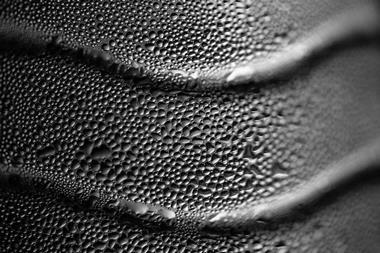
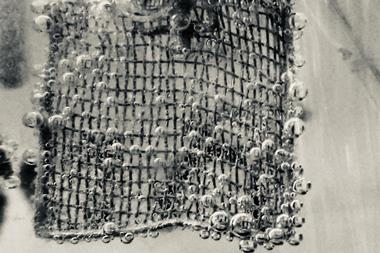

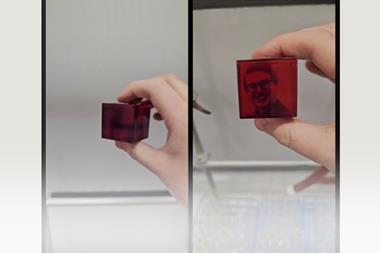
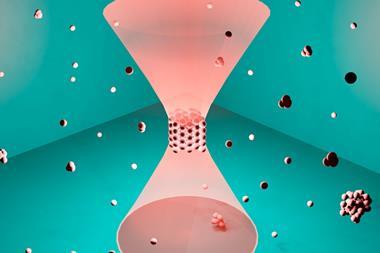

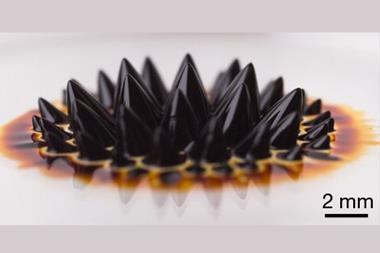











No comments yet